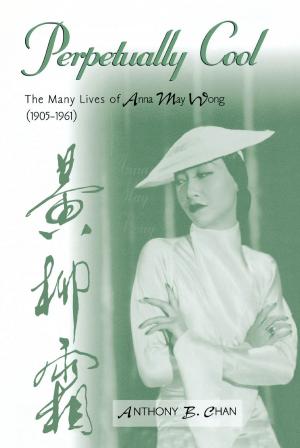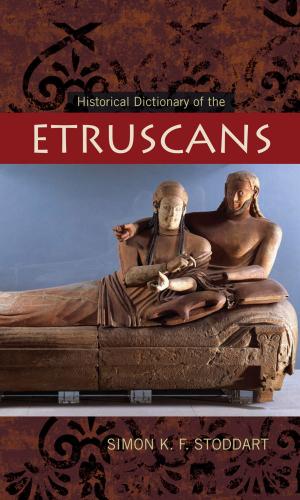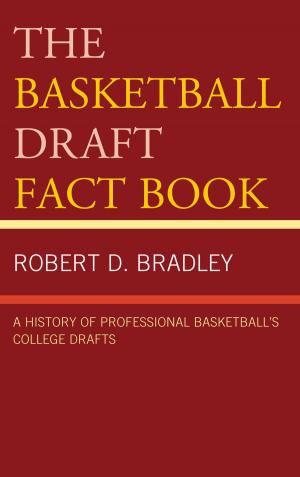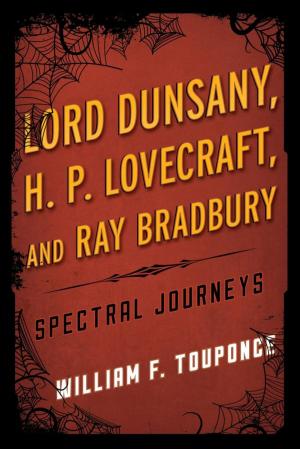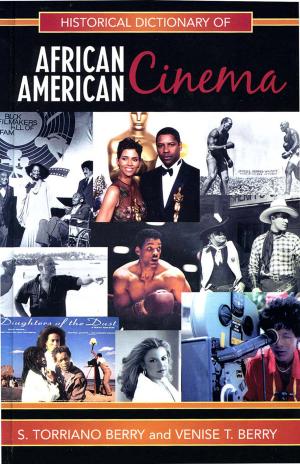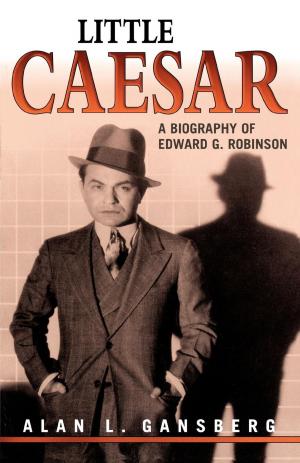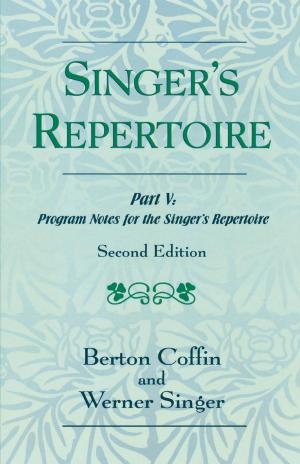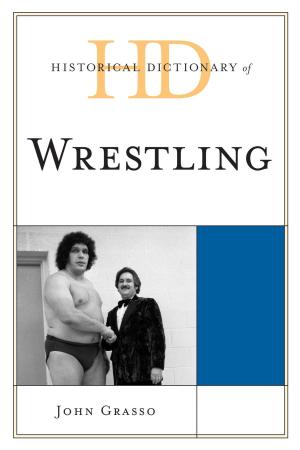The Charley Chase Talkies
1929-1940
Nonfiction, Entertainment, Film, Direction & Production, Performing Arts| Author: | James L. Neibaur | ISBN: | 9780810891623 |
| Publisher: | Scarecrow Press | Publication: | September 5, 2013 |
| Imprint: | Scarecrow Press | Language: | English |
| Author: | James L. Neibaur |
| ISBN: | 9780810891623 |
| Publisher: | Scarecrow Press |
| Publication: | September 5, 2013 |
| Imprint: | Scarecrow Press |
| Language: | English |
Charley Chase began his film career in early 1913 working as a comedian, writer, and director at the Al Christie studios under his real name, Charles Parrott. Chase then joined Mack Sennett's Keystone studio in 1914, costarring in early films of Charlie Chaplin and Roscoe “Fatty” Arbuckle, as well as directing the frenetic Keystone Cops. By 1924 he was starring in a series of one-reel comedies at Hal Roach studios, graduating to two-reel films the following year. In 1929, he made the transition to sound films. Along with the continuing popularity of his own short comedies, Chase often directed the films of others, including several popular Three Stooges efforts.
In The Charley Chase Talkies: 1929-1940, James L. Neibaur examines, film-by-film, the comedian's seventy-nine short subjects at Roach and Columbia studios. The first book to examine any portion of Chase’s filmography, this volume discusses the various methods Chase employed in his earliest sound films, his variations on common themes, his use of music, and the modification of his character as he reached the age of forty. Neibaur also acknowledges the handful of feature film appearances Chase made during this period.
A filmmaker whom Time magazine once declared was receiving the most fan mail of any comedian in movies, Charley Chase remains quite popular among classic film buffs, as well as historians and scholars. A detailed look into the work of an artist whose career straddled the silent and sound eras, The Charley Chase Talkies will be appreciated by those interested in film comedy of the 1920s and 30s.
Charley Chase began his film career in early 1913 working as a comedian, writer, and director at the Al Christie studios under his real name, Charles Parrott. Chase then joined Mack Sennett's Keystone studio in 1914, costarring in early films of Charlie Chaplin and Roscoe “Fatty” Arbuckle, as well as directing the frenetic Keystone Cops. By 1924 he was starring in a series of one-reel comedies at Hal Roach studios, graduating to two-reel films the following year. In 1929, he made the transition to sound films. Along with the continuing popularity of his own short comedies, Chase often directed the films of others, including several popular Three Stooges efforts.
In The Charley Chase Talkies: 1929-1940, James L. Neibaur examines, film-by-film, the comedian's seventy-nine short subjects at Roach and Columbia studios. The first book to examine any portion of Chase’s filmography, this volume discusses the various methods Chase employed in his earliest sound films, his variations on common themes, his use of music, and the modification of his character as he reached the age of forty. Neibaur also acknowledges the handful of feature film appearances Chase made during this period.
A filmmaker whom Time magazine once declared was receiving the most fan mail of any comedian in movies, Charley Chase remains quite popular among classic film buffs, as well as historians and scholars. A detailed look into the work of an artist whose career straddled the silent and sound eras, The Charley Chase Talkies will be appreciated by those interested in film comedy of the 1920s and 30s.

